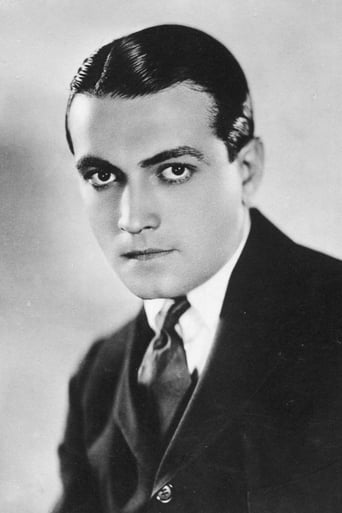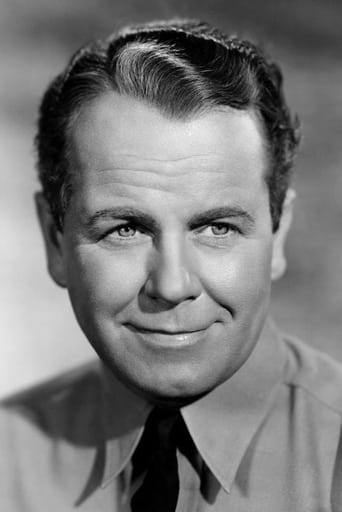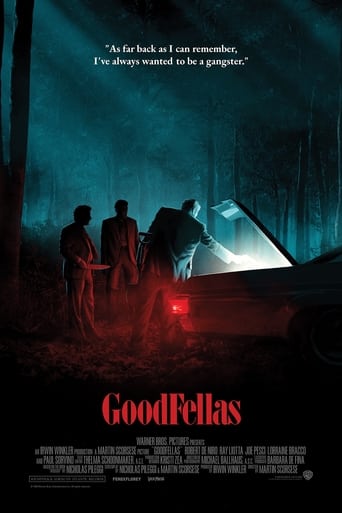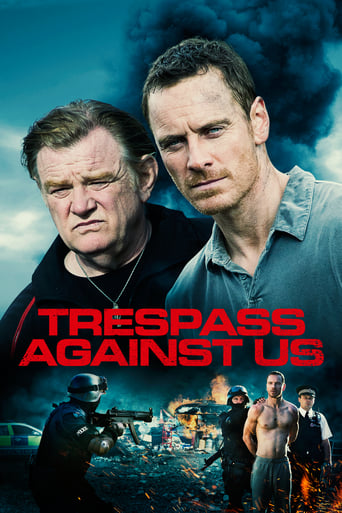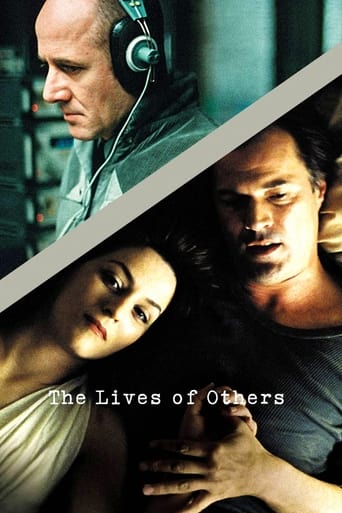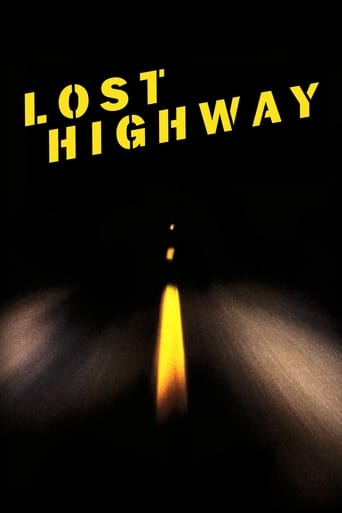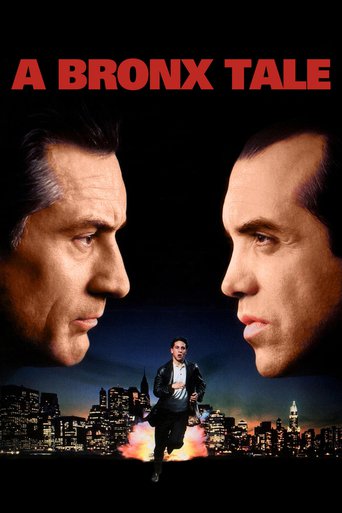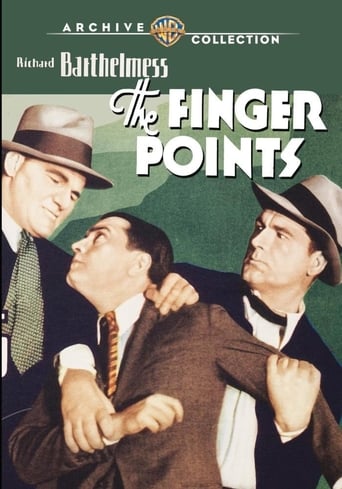
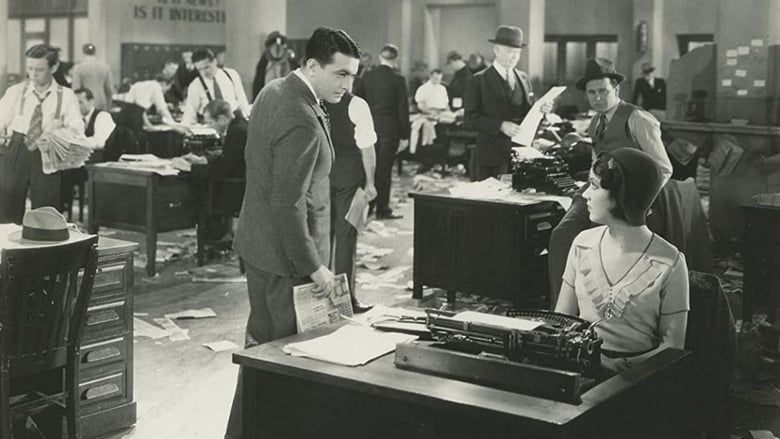
The Finger Points (1931)
Lee is a fresh young kid from the South when he gets a job with The Press. His first assignment on gangsters gets his name in the paper, the police on a raid and Lee in the hospital.
Watch Trailer
Cast
Similar titles
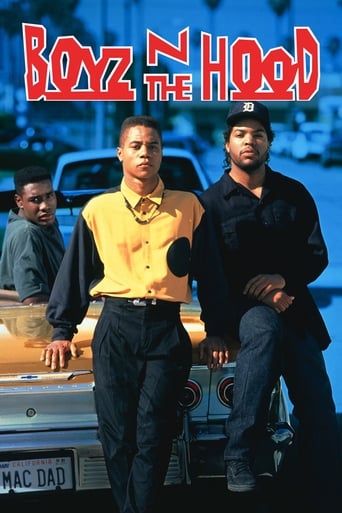
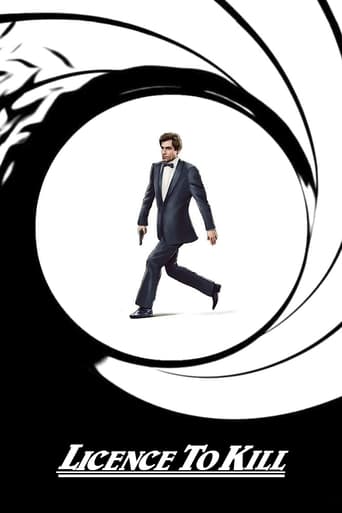
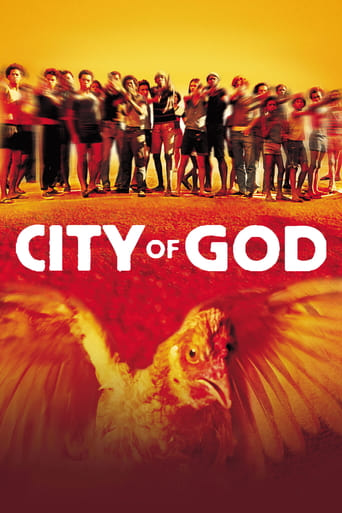
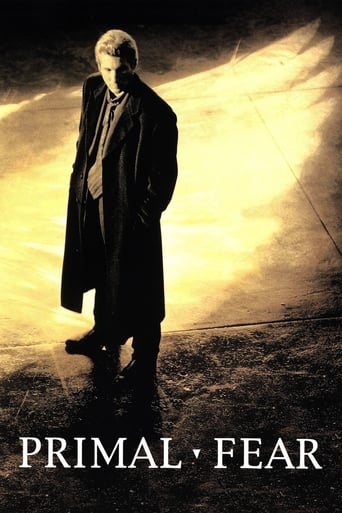
Reviews
Best movie of this year hands down!
Yawn. Poorly Filmed Snooze Fest.
Waste of time
Sorry, this movie sucks
In order for gangsters to thrive,three forms of corruption are required; the corruption of politicians, the police and finally the press. Unlike the newspaper in Warner Bros' Five Star Final (also released in 1931) the paper of The Finger Points known simply as The Press are proud to be socially responsible and even calling themselves "the world's best newspaper". However the paper's employee's don't entirely relish in this corny mentality as seen when the editor gives a speech at the end of the working day on what he calls the paper's crusade, yet afterwards the employees just laugh it up. Likewise we also discover that reporters for The Press often just avoid on reporting on the activity of gangsters in order to avoid the consequences. Breckenridge Lee (Richard Barthelmess) on the other hand goes on step further and takes bribes from gangsters in order to suppress stories. The plot of The Finger Points was inspired by the true story of Alfred "Jake" Lingle, a reporter for the Chicago Tribune whom had been suppressing stories for $60,000 a year from Al Capone. Lingle was shot to death on June 9th, 1930, a day before he was to testify against Capone.Richard Barthelmess was an actor with a gentle and sensitive nature that had a lot going on behind his deep set brooding eyes. I don't think any other actor could have performed the role of the naïve but eager go-getting southerner Breckenridge "Breck" Lee. At the beginning of the film he gives a letter to the managing editor of The Press from his former editor of the Savannah Constitution,calling Breckenridge Lee "one of the best reporter I've ever had" and "He's got the stuff. All he needs is a chance to show it. Give him a break into the big league". Breckenridge mentions he only did general reporting although can I assume Savannah isn't as tough as New York City in a movie which showcases the divide between northerners and southerners. Likewise Breck's group of friends along with Marcia (Fray Wray) and Charlie (Regis Toomey) really make for a fun trio.I've read a number of reviews calling Breck's transition to corruption unconvincing - I must disagree. I find the film makes this transition convincing in several ways; the pressure he's under from the hospital bills he has to pay, his general naivety plus it is evident from his previous journalistic success that the recognition is slightly going to his head. The Finger Points opens with an impressive, showy shot of a moving train as the camera pans from one side of it to another, once again disproving the notion that films from the early 30's where largely static. This is also exemplified with a number of long panning shots of the expansive and busy newspaper office with the sound of typewriters going on non-stop in the background; I never tire of classic atmosphere of a newspaper office.My main reason for seeking out this obscurity was for a certain Clark Gable in an early supporting role while on loan to Warner Bros from MGM. Along with Warner's Night Nurse released the same year, Gable is the show stealer. He is nowhere near as overtly evil than his role in Night Nurse, instead playing a sympathetic but still manipulative gangster in The Finger Points. He is also given more screen time than in Night Nurse, in this one of his best early screen roles.The crime boss in The Finger Points is simply referred to as "Number 1" and during his one scene in the movie he is only scene sitting from behind a desk with his back to the camera with a face which is never seen like Dr Claw from Inspector Gadget.There is even a shot which visualises the title of the movie in which we see a close up of Number 1's hand holding a cigar and pointing his finger towards the camera. I love this whole sequence as it leans towards being a live action cartoon but doesn't take away from the serious nature of the film.The Finger Points has never seen the light of day on home video. As I've said before, no other decade seems to have as many hidden gems as the 1930's; a real archaeological site of cinema.
Most of the lines delivered in this film convey no emotional content. As a result, the entire film has little impact.The story is not believable, mostly due to the performance of Richard Barthlemess, who plays the main character, Breckinridge Lee. Lee is a small-town reporter who moves to the big city and becomes a crime reporter. The love interest is played by Fay Wray, who has her moments. But only Clark Gable really shines through the dullness of this production.It's a shame, really, because the storyline has real potential. If only it had been fleshed out and given to an actor who could portray the important emotions: the uncertainty of the fish-out-of-water, the man in love with the woman, the fear of the reporter involved in something dangerous, the distress of a man torn between love and shame.
For his fifth credited film, Clark Gable was loaned to Warner Brothers where as gang leader Louis Blanco he dominates the film The Finger Points. The story is not so loosely based on the saga of Chicago Tribune reporter Jake Lingle who was gunned down because he had traded on his journalistic immunity from bullets just once too often.Richard Barthelmess plays a courtly and naive southern kid who comes to the big city to make good. Playing it on the square for $35.00 a week when the paper won't stand your hospital bills while hurt on the job was just a bit much for him. He decides to use his contacts to kill stories more than print them and get paid off big time for doing so. Clark Gable puts him on to this racket, but pretty soon Barthelmess is in business all for himself.I'm surprised in this pre-code drama that Barthelmess's character was softened in the end. Possibly to make him a suitable love interest for Fay Wray who plays the newspaper's sob sister columnist. The softening however cheapens the story, the real Jake Lingle was never repentant of any of his gangland dealings.Nevertheless Gable's charisma really dominates this film. He did about 10 films in 1931 mostly for his home studio of MGM and his parts kept getting bigger and bigger. I'm sure Jack Warner would love to have put him in his gangster stable of stars. If he could have it's interesting to speculate where Clark Gable's career might have gone.The Finger Points is a not a bad film, but Lingle's story inspired many films and has been done better.
Socially-conscious Warners/First National delivered a corker of a newspaper melodrama in 1931, but this wasn't it: It was "Five Star Final." This fast-moving but muddled early talkie shares the crowded city desk with editors yelling "stop the presses!" and a cursory examination of the process of putting out a news daily. But here, the paper is genuinely excellent and socially responsible, not a muckraking tabloid. And the idealistic cub reporter (Barthelmess, who looks far too old to be a cub reporter) turns rotten awfully quickly, becoming a yes-man to a mobster (Gable in a typical early role, and effortlessly natural and likeable). It drains audience sympathy for our hero, and we don't see why his journalistically wise, sob-sister colleague (Wray, who looks too young to have Seen It All) would stick around with him, or take him back without his having really reformed. The motivations are confused throughout, and when our hero meets an unhappy fate, the movie seems to mourn him, but we don't. It's like a morality tale without a clear moral. Warners got better at its social realism quickly, and Barthelmess went from this comparative potboiler to the far more interesting "Cabin in the Cotton" -- again playing an idealistic sap, albeit one with more consistency.
